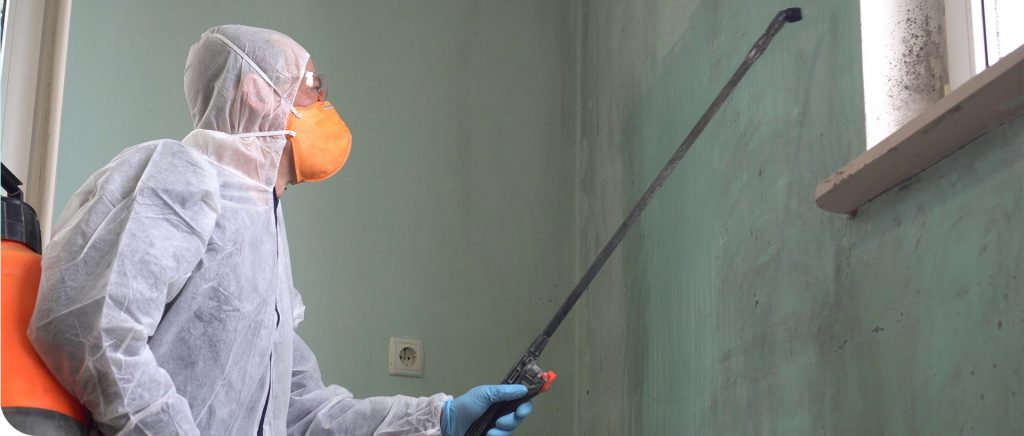Mold, also sometimes called mildew, is an airborne fungal organism that grows on damp objects. It occurs naturally in nature and plays an essential role in the breakdown of dead organic matter including fallen leaves, tree stumps, dry leaves, tree trunks, woody plants and wood mulch; it can also be found in man-made environments under the right conditions. The most common forms of mold are black mold, which is blackish or greenish in color, and Penicillium mold, which is white or yellowish. Inhaling or touching mold can cause dermatitis or allergic reactions, contact dermatitis (inflammation of the skin), asthma, congestion, and other respiratory problems.
Mold can be detrimental to the health of those who are allergic to it. Mold can cause a range of allergic reactions including runny nose, itchy eyes, rashes, sneezing, rashes, hives, nausea, dizziness, irritability, coughing, and chest pains; it can also cause difficulty breathing, shortness of breath, and shortness of time to heal. Those with asthma or allergies may experience wheezing, coughs, and congestion when exposed to mold. If mold is found in the home, a professional mold inspection service should be consulted. An expert can inspect the property for hidden mold or detect any areas of concern and mold remediation measures for removing the problem.
By the time a mold remediation service is contacted, the source of the outbreak will likely have already been contained using effective methods, such as dehumidifiers, heaters, fans, and exhaust fans. The remediation team should assess the extent of the water damage and clean affected surfaces to prevent future occurrences. The services can also recommend materials that can be used to fill in holes and remove evidence of mold.
Mold remediation is usually a part of a complete mold removal process. It is usually recommended that people living in affected homes consult a mold removal company before attempting to remove mold themselves. Professionals have certified training in water damage, mold removal, and mold remediation and can guide homeowners through the process. Mold remediation can take several forms, including steam disinfection, which kills mold spores in the air and on surfaces, drywall application, mold removal, or even structural mold removal. Each type of mold removal requires specialized cleaning methods and techniques that are only employed by an expert.
When a water damage or other issue first comes into contact with a structure, it should be addressed as soon as possible. Homeowners should check all windows, doors, flooring, insulation, and appliances for damage. If there is visible water damage, it should be dried and mended, if necessary. In cases of moisture infiltration, the area should be sealed off and all water sources shut off, then the area should be isolated for removal. Mold remediation professionals will usually come into the home to begin the process of mold remediation.
Most professionals will advise homeowners to call their insurance company first for any associated costs related to black mold removal. Mold coverage can be very expensive, especially for larger infestations. Additionally, the spores from this particular type of fungus are very small, so they cannot be simply sprayed against a structure or simply pulled up with a vacuum. It is nearly impossible to completely remove the spores from surfaces without using extreme concentrations of water. Hiring a professional mold remediation company to completely remove the fungus is the best way to guarantee that your home or business is mold free.


